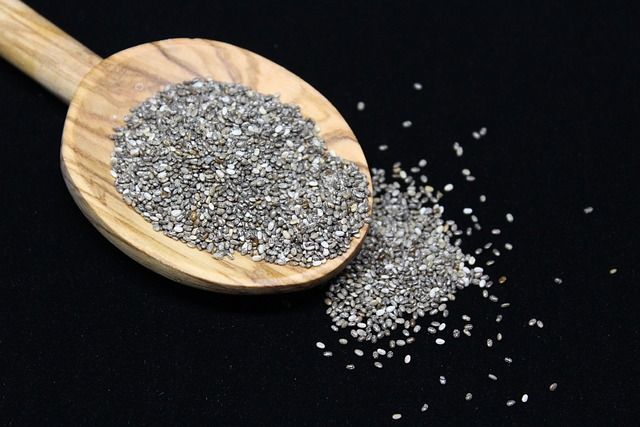Moo-ving on Up: How Chia Seeds are Making Dairy Cows Superheroes
Researchers are developing a project to use chia seeds as an alternative feed for dairy cattle. The goal is to show that milk from cows fed pellets made from chia seeds is a useful product.





